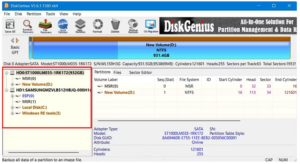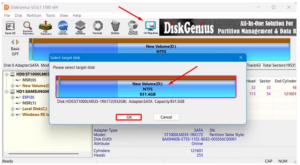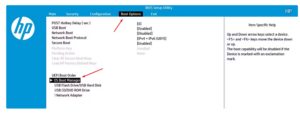Eroarea 0x8007267C apare în timpul procesului de activare a Windows și indică faptul că sistemul nu are configurat un server DNS în proprietățile rețelei. Mesajul de eroare asociat este: “Nu există servere DNS configurate pentru sistemul local” (DNS_ERROR_NO_DNS_SERVERS).
Pentru a rezolva această problemă, puteți urma pașii de mai jos:
- Verificarea configurației DNS și a conectivității de rețea:
- Deschideți linia de comandă cu drepturi administrative și rulați comanda:
- Verificați dacă adresa IP, masca de subrețea, gateway-ul implicit și serverul DNS sunt configurate corect pentru mediul dvs.
- Pentru a verifica conectivitatea cu serverul DNS, utilizați comanda:
- Dacă nu există conectivitate cu serverul DNS, ar trebui să depanați problemele de rețea și să vă asigurați că setările TCP/IP sunt corecte.
- Utilizarea unei chei de activare multiple (MAK) și activarea prin telefon:
- Dacă nu aveți un server DNS conectat la rețea, puteți trece la o cheie de produs MAK pentru a activa instalarea Windows.
- Pentru a schimba cheia de produs la una MAK, deschideți linia de comandă cu drepturi administrative și rulați comanda:
(înlocuiți “xxxxx-xxxxx-xxxxx-xxxxx-xxxxx” cu cheia dvs. de produs MAK
- Apoi, lansați expertul de activare prin telefon tastând în fereastra “Run” (Win + R):
- Urmați instrucțiunile pentru a finaliza activarea prin telefon.
- Schimbarea serverelor DNS la cele publice (de exemplu, Google DNS):
- Accesați “Proprietăți” pentru conexiunea dvs. de rețea (Wi-Fi sau Ethernet)
- Selectați “Internet Protocol Version 4 (TCP/IPv4)” și faceți clic pe “Proprietăți”
- Bifați “Utilizați următoarele adrese de server DNS” și introduceți:
- Server DNS preferat: 8.8.8.8
- Server DNS alternativ: 8.8.4.4
- Repetați acești pași pentru “Internet Protocol Version 6 (TCP/IPv6)” cu următoarele adrese:
- Server DNS preferat: 2001:4860:4860::8888
- Server DNS alternativ: 2001:4860:4860::8844
- Salvați modificările și reporniți computerul.








